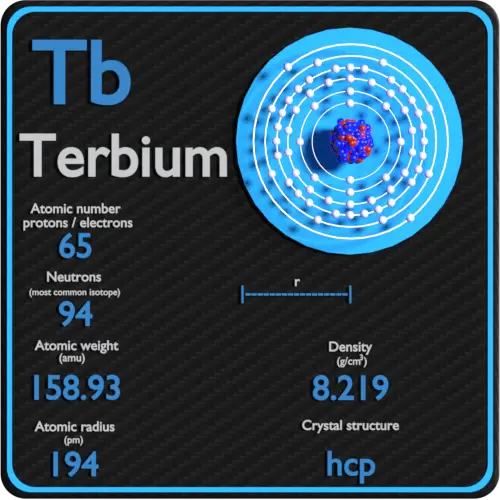

In 1855, English chemist Benjamin Brodie produced pure graphite from carbon, proving graphite was a form of carbon. Tennant also proved that when equal weights of charcoal and diamonds were burned, they produced the same amount of carbon dioxide. In 1796, English chemist Smithson Tennant established that diamond was pure carbon and not a compound of carbon it burned to form only carbon dioxide. In 1779, Swedish scientist Carl Scheele showed that graphite burned to form carbon dioxide and so must be another form of carbon. (1), (2) He concluded that diamond and charcoal were made of the same element – carbon. Lavoisier noted the overall weight of the jar was unchanged and that when it burned, the diamond had combined with oxygen to form carbon dioxide. They focused the sun’s rays on the diamond with a remarkable giant magnifying glass and saw the diamond burn and disappear. In 1772 he pooled resources with other chemists to buy a diamond, which they placed in a closed glass jar.


Ancient cultures did not realize, of course, that these substances were different forms of the same elementįrench scientist Antoine Lavoisier named carbon and he carried out a variety of experiments to reveal its nature. Mild, w/ht ⇒ C 6(CO 2H) 6 (mellitic/graphitic acid)Ģ5-470 W m -1 K -1 (graphite), 470 W m -1 K -1 (diamond)Ĭarbon has been known since ancient times in the form of soot, charcoal, graphite and diamonds. Hexagonal layers (graphite), tetrahedral (diamond)


 0 kommentar(er)
0 kommentar(er)
